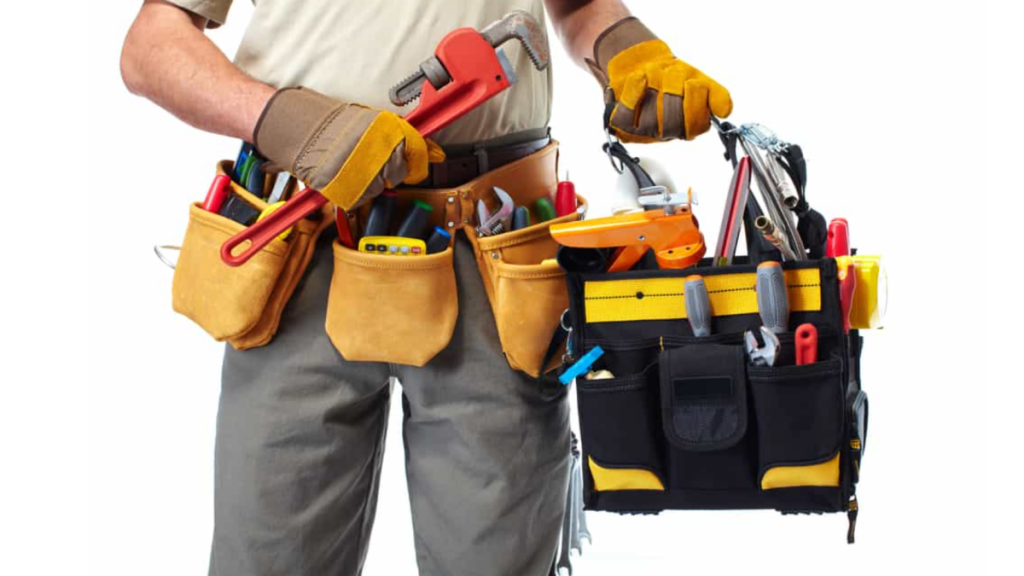Tool belts can make a huge difference for those who work with many different types of tools, and the best type for you will be the one that fits all of your most crucial tools and sits them organised and comfortable around your waist.
There are many different tool belt styles, including ones specifically designed for particular professions. Examples include carpenter tool belts that are useful for electricians and roofers because they make small tools a priority.
Framing tool belts often include suspenders so as to displace the weight of big power tools and drywall tool belts make a priority of pouches for screws so that hands can be kept free. There are also lightweight tool belts for cable techs that come with a lot of pouches.
RS Component’s tool belts can be manufactured from a number of different materials, the most common being leather, nylon and suede. The highest quality tool belts can be quite expensive, but justify the cost by being very durable and long-lasting.
There are a number of factors that need to be taken into consideration in order to choose the best tool belt for your needs.
Comfort and Durability
Good tool belts need to be sturdy, which is why the material used is of such importance. The best option is leather tool belts but thick nylon fabric is also a strong option. These materials, when sturdy fasteners have been used to sew and rivet them, are both are handle the weight of many tools and will be able to endure everyday wear and tear.
Size
The way the tool belt fits needs to be one of the most crucial factors to consider. You do not have to go by waist measurement unless the belt will be worn at exactly waist level given that the majority of people wear it a little lower. If the tool belt will be worn between the hips and the waist or precisely on the hips then either try to wear it or at least measure that area beforehand.
Weight
One of the least discussed yet most important aspects is the manner in which the tool belt is balanced. Loops, pockets and pouches need to be placed evenly on the belt as back pain or injury could result from all of the heavy items being positioned only on the one side. Those who already suffer with a bad back should choose a tool belt that is specifically designed to provide back support.
Design
The design chosen can be hugely impacted by the type of project being worked on. There are some very basic styles of tool belt that provide loops and pockets for common items such as hammers and screwdrivers, so the type or project you are planning to work on will determined the type of tool belt you need. Separate tool belts can be purchased for special projects, with pockets and pouches added as required.
Tool belts are the best friend of all handymen, being practical, reliable and designed to provide maximum mobility at work.

